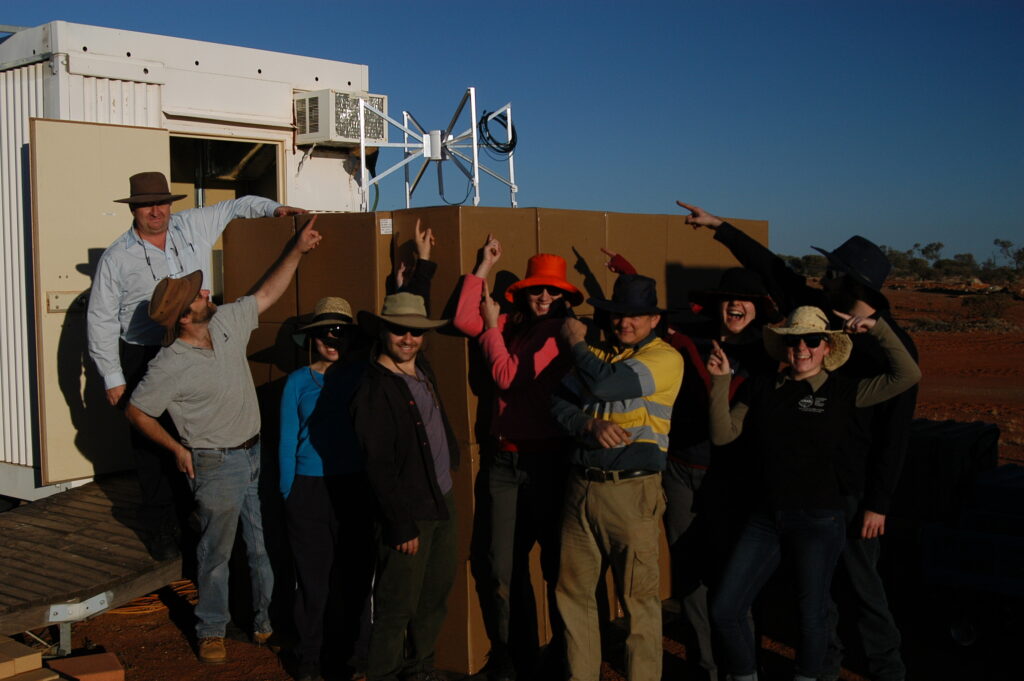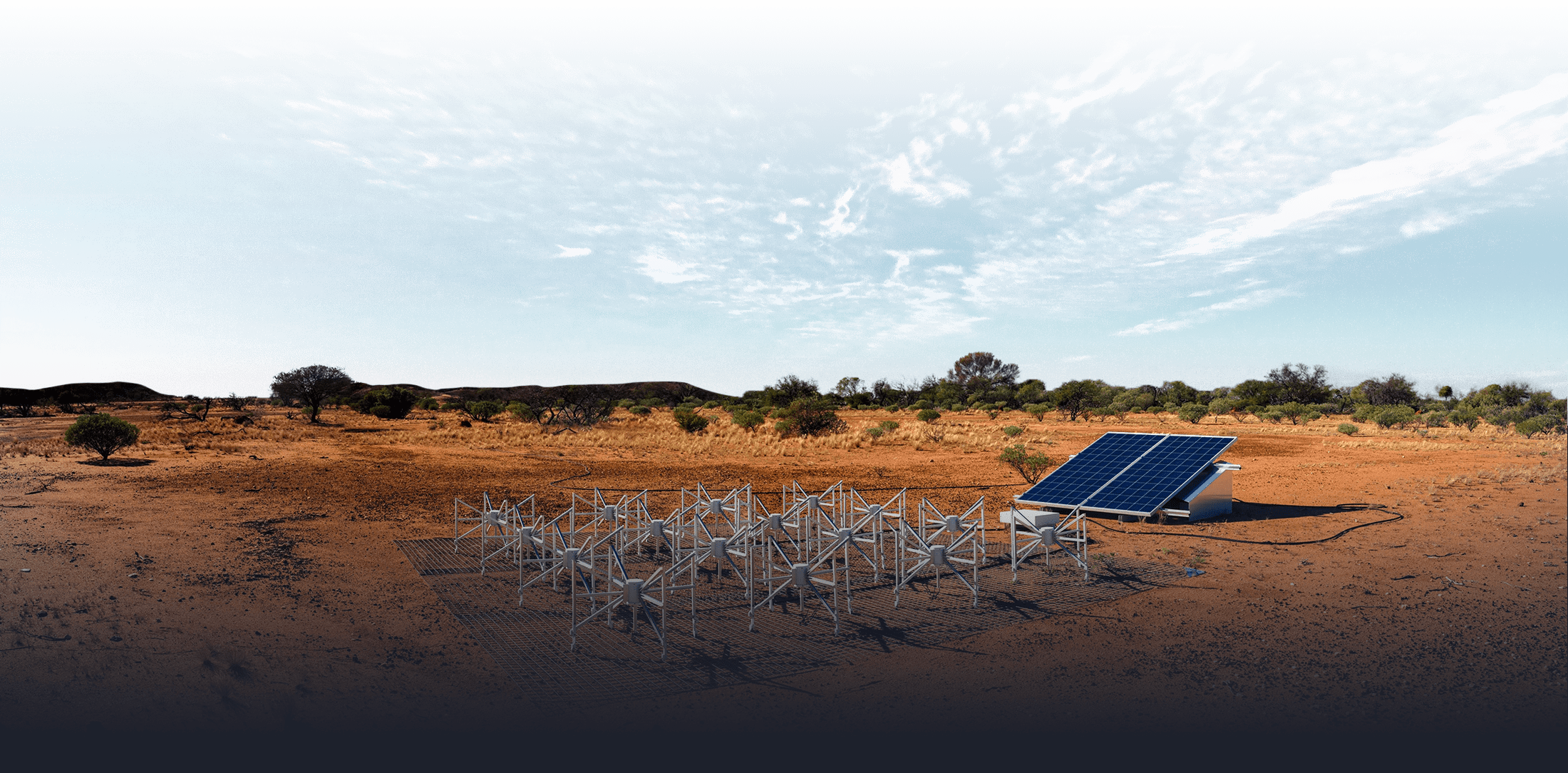On the path to the SKA-Low.
In 2012 it was announced that Australia and South Africa would share hosting of the Square Kilometre Array (SKA), a global mega-science project to develop the world’s largest and most sensitive radio telescope. The low-frequency SKA (SKA-Low) will be built at CSIRO’s Murchison Radio-astronomy Observatory, where the MWA resides. The MWA is one of four precursor instruments that are supporting the cutting-edge science and technology needed for the SKA (along with ASKAP, HERA and MeerKAT), and was the first to be fully operational. The knowledge and expertise obtained through the development, construction and operation of the MWA is directly applicable to the many science and engineering challenges on the path to SKA-Low.
Since it commenced operations, the MWA has observed for many thousands of hours and collected tens of petabytes of data. The MWA has already explored solutions for low-cost, high-performance antennas; and has addressed computing challenges produced by very high data rates and volumes, and the operating and maintaining of large-scale archives. Ongoing algorithm development from interpreting this data will be directly relevant to the eventual processing of data from SKA-Low. In addition, our understanding of interferometric calibration and imaging is being pushed in highly innovative directions. The MWA will continue to explore and question what we understand of space, science and engineering, as we work towards even more incredible telescopes like SKA-Low.
SKAO Website




































